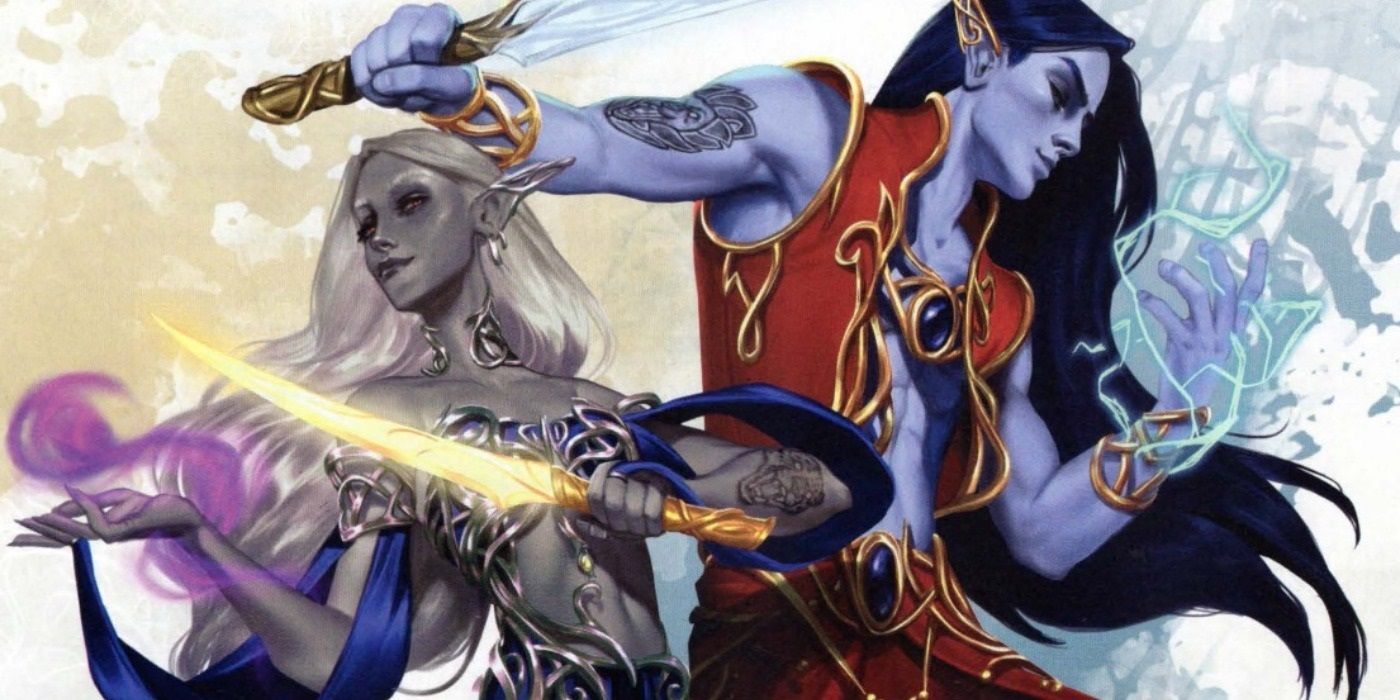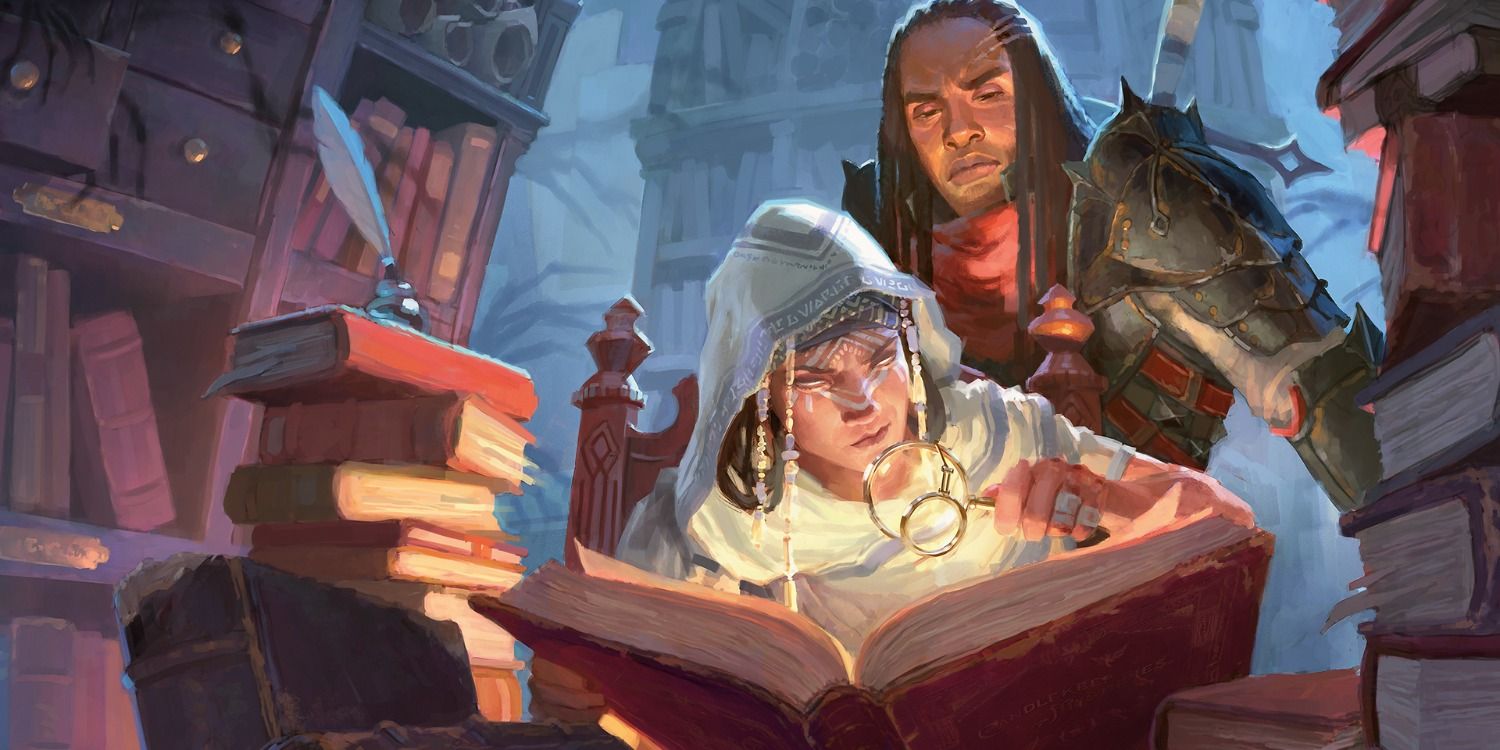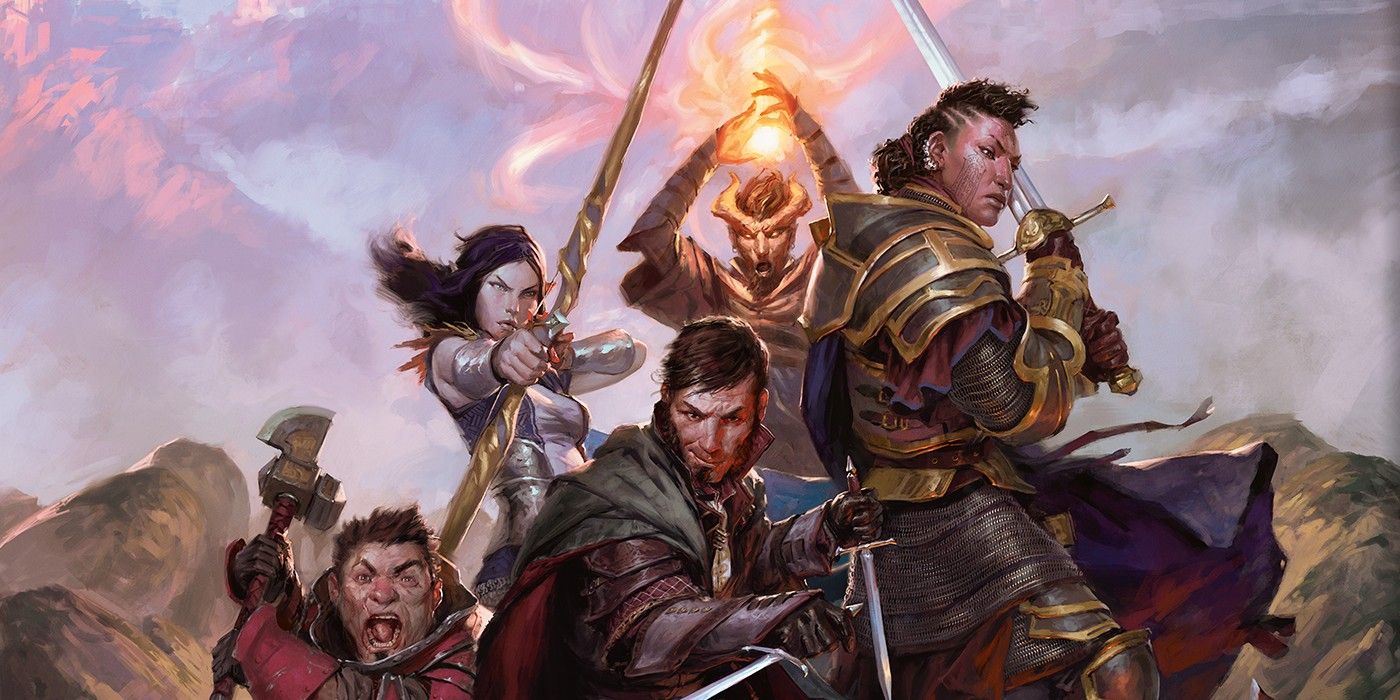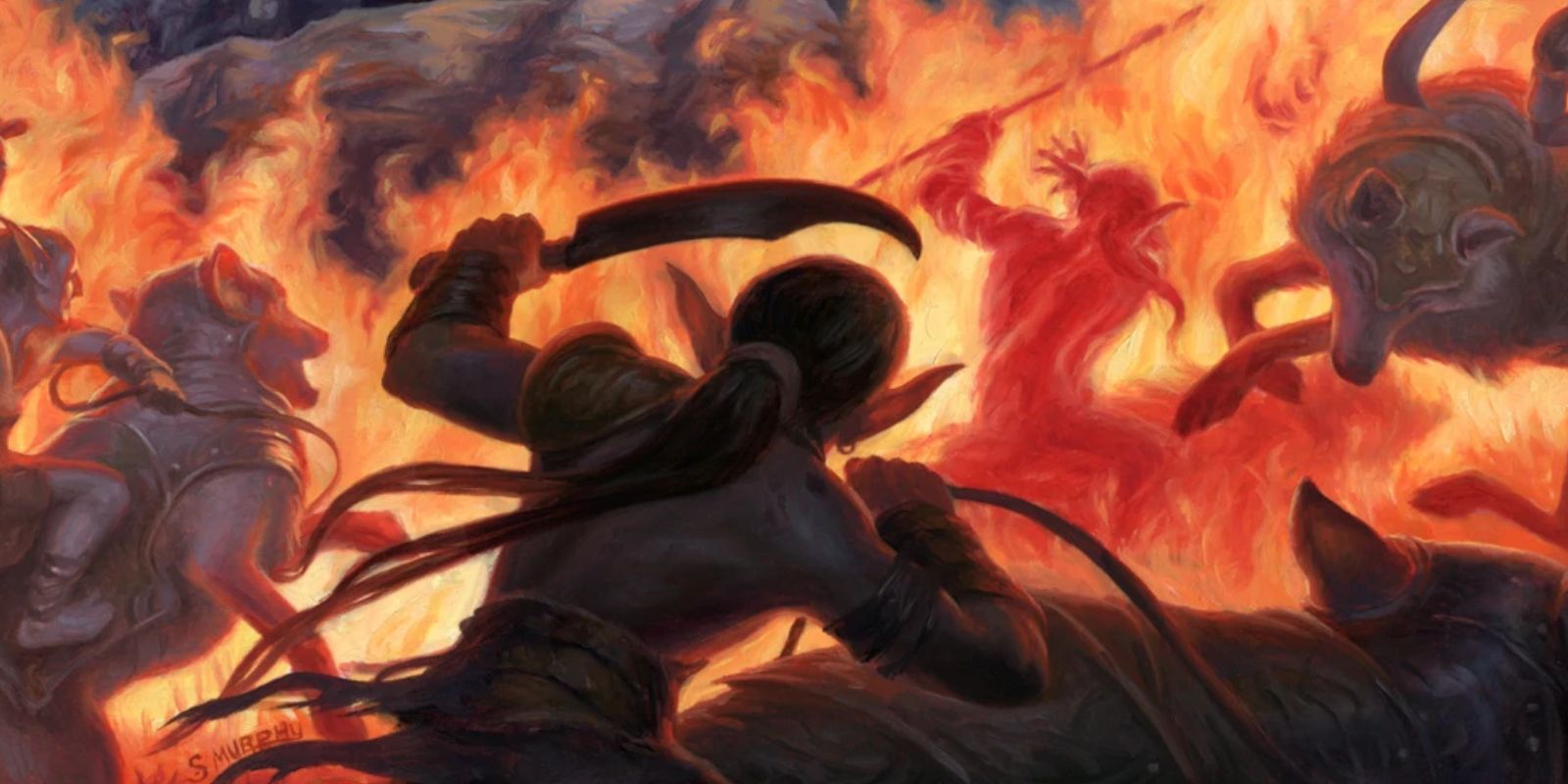Party members aren't the only characters that possess narrative power during a Dungeons & Dragons campaign. Whether pre-built from an official campaign sourcebook or homebrewed by a D&D Dungeon Master, campaigns require a number of non-playable characters to help guide the story. These personalities can be fleeting, like a pub owner who possesses important information for the party, or they may be a long-term character who acts as a guide through unknown terrain or difficult Dungeons & Dragons quests. However, not all pre-built NPCs may fit a D&D party's playstyle, and customizing character details can smooth out the narrative wrinkles.
Building a Dungeons & Dragons character can be a lengthy process. The person playing the character needs to know their history, motivations, and personal desires in order to act out reactions to certain story elements and character interactions. The player will also want to connect emotionally with their character as they accomplish goals, suffer defeats, and change for better or worse throughout the campaign's narrative. The journey of the character is a part of what makes Dungeons & Dragons campaigns so fulfilling, and this character connection is also important for the Dungeon Master controlling NPCs.
NPCs are a way for a DM to play alongside the party, and many of these characters may need to be fleshed out after being introduced to make them more interesting. They can have a D&D character sheet, possess a class with perks and abilities, and even have full backstories for the Dungeons & Dragons party to unravel. Important NPCs in pre-built campaign sourcebooks often provide the needed information for the DM, so they don't have to spend as much time working out the details on each character. However, for D&D NPCs that are influential or have a larger role in the story, the DM may want to consider reworking the motivations and personality of a pre-built NPC to better fit a character they would personally want to play long-term.
Dungeons & Dragons NPC Changes For Pre-Built Campaigns
There are a number of reasons a DM may choose to rewrite prominent NPCs from a prebuilt Dungeons & Dragons campaign. A Dungeon Master may find the provided information and narrative obligations for the NPC are no longer accurate due to story-altering choices made by the party. An NPC could also become a reoccurring character when they originally were only meant to have a small role in the provided campaign information. Examples of these changes could include the party developing a deeper interest in the NPC, romantic interactions between the NPC and a playable character, or narrative changes that require further personality and background development.
A DM may also choose to rework an NPC that portrays morals, tropes, or character traits they aren't comfortable personally roleplaying. Characters provided to the Dungeons & Dragons DM can come in a variety of flavors, with backstories that can be frustratingly problematic and occasionally damaging or upsetting for the party.
For example, Rudolph Van Richten's character in the Curse of Strahd campaign uses outdated and potentially upsetting dialogue when talking about the Vistani race. A DM may not feel comfortable playing this content and choose to write different motivations or backstory information to solve the problem. A Dungeon Master may also choose to change NPCs to include more diversity in older Dungeon & Dragons campaigns, like adding more female characters, minority races, or diverse romantic relationships to better include players and enrich the world provided in the sourcebook.
Dungeons & Dragons NPC Changes For Major Villains
Most Dungeons & Dragons campaigns have major antagonists creating mayhem that the party must remove. This could be a corrupt king tormenting a kingdom, an evil dragon terrorizing a town, or even a dangerous god manipulating a follower. These NPCs may start off by following what was originally provided in the D&D sourcebook, but events throughout the campaign can alter the NPC in unexpected ways. Changing the writing of a major antagonist may seem like an intimidating step, but it can often offer a more satisfying resolution for the party.
Examples for why these changes could be needed include a fundamental shift in the Dungeons & Dragons antagonist, like befriending one of the party members trying to destroy them. A DM may also choose to rewrite an antagonist who has a stereotypically evil personality or predictable backstory, making them more relatable and human, and thus more dangerous. A well-rounded villain will grow and change depending on their interactions with the party, altering plans to take the players by surprise, or changing battle tactics and spells to provide a better challenge for players when they fight.
When To Remove Dungeons & Dragons NPCs
Occasionally, a DM may choose to remove an NPC entirely from their version of a pre-built campaign. Whether it is a minor NPC the party chooses not to interact with, or a more important NPC the DM deems unnecessary, cutting a character can streamline gameplay and give more time to NPCs the party is more invested in. A Dungeons & Dragons DM may also choose to combine two separate characters who have similar effects within the story. For example, a campaign may introduce two NPCs for the party to team up with to take on a battle, but the DM can choose to only offer one character instead, giving them more time to develop the character, and also minimizes the number of NPCs the DM must juggle during sessions.
Dungeon Masters may also choose to rewrite NPCs for Dungeons & Dragons campaigns they have run multiple times, especially if these campaigns are from D&D sourcebooks. While the Dungeons & Dragons party and players may be different with every playthrough and offer unique approaches to the original material, running a story with the same non-playable characters repeatedly can become dull for a seasoned Dungeon Master. By adding new characters or creating a new villain in an existing Dungeons & Dragons campaign, the DM will continue to find fresh ways to interpret the same story and create unique and memorable experiences for themselves and their players.




